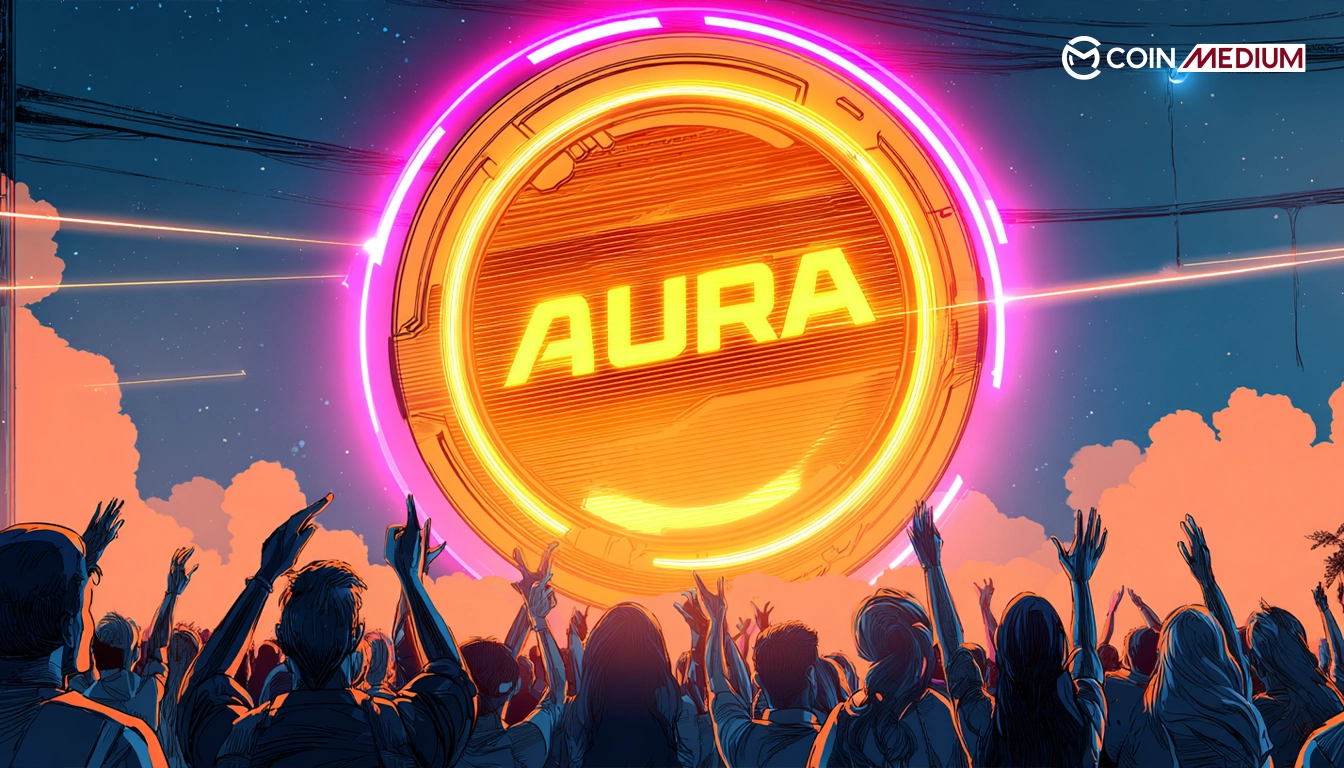Launched on May 27, 2024, Aura emerged at the crossroads of community passion, meme culture, and on-chain resilience. From day one, it built a fervent community of believers who saw Aura as the essence of willpower, creativity, and greatness.
But as the saying goes, no tree grows to the sky. After soaring to a ~$70 million market cap within weeks of its launch, Aura crashed hard, fading into obscurity over the next year. Disillusioned, many early holders sold—some for profit, most at a loss. It seemed like the end.
The end of the beginning
Seven months later, after Aura was abandoned and left for dead, its meteoric rise was revealed.
The Cryptonary team, known for driving the success of the memecoin $WIF, stepped into the spotlight and took over the Aura coin.
Few people realized it, but they had been quietly accumulating Aura’s supply over days or weeks, allegedly acquiring 30-40% of the token’s total supply. They then decided to “pump” it by announcing themselves as the new CTO team. Having invested $4 million to boost the token’s price, Cryptonary’s CEO (@xbtcas on X) declared on X that his team was now leading the project.
Overnight, Aura’s market cap surged from $1 million to $50 million, delivering over 50x profits to early holders and recent buyers.
In the days that followed, it soared from $50 million to $200 million in market cap, where it currently stands, as a movement and a lifestyle.
To have “aura” is to carry a presence that speaks before you do. It’s not just about how you look or what you say—it’s about the feeling you inspire when you enter a room, drop a post, or make a move. Having aura is like moving as a cult leader without uttering a word. Somehow, everyone aligns. No roadmap? Doesn’t matter. No utility? Doesn’t matter.
Pure Aura or real fundamentals?
When people say “Aura has aura,” they’re not talking about fundamentals. They’re talking about conviction. It’s tribal. It spreads. People don’t want to miss the next $WIF or $BONK. When the meme clicks, demand surges exponentially, liquidity tightens, and the price becomes the meme.
Price validates the meme. When Aura skyrocketed 50x overnight, it created believers. As these so-called believers bought in, the price crept higher, fueled by hype and sidelined capital pouring in.
Price action serves as social proof that people are rooting for its success, deploying capital to back it up.
That’s the reflexive loop—a feedback cycle where the meme drives the pump, and the pump fuels the meme.
Most memecoins are chaotic. But Aura was coordinated. The Cryptonary takeover brought structure, and relentless bull posts bolstered its presence and social proof on X daily.
Heck, there was even a guy who held through the lows for months and woke up to millions in his wallet. Luck or skill?
No magic, just the pure cinema of true aura.
Aura isn’t a story of community revival or meme magic. It’s a case of calculated accumulation, precise timing, and narrative control. The token didn’t “come back” on its own: it was revived by capital, structured by influence, and sold through hype. Every major move—accumulation, announcement, liquidity injection—was deliberate, as with most memecoins.
Financially engineered to do exactly what the “cabal” intended.
What happened with Aura isn’t unique; it’s a playbook. But this time, it was executed openly, at scale, and with a level of follow-through most memecoin revivals lack. That’s what made it effective.
If you’re chasing Aura as a meme, you’re late. The meme was the wrapper. The real asset? Attention—and the people controlling it, namely Cryptonary and company. Then came the sidelined capital, eager to join the “culture.” Maybe that’s you?
